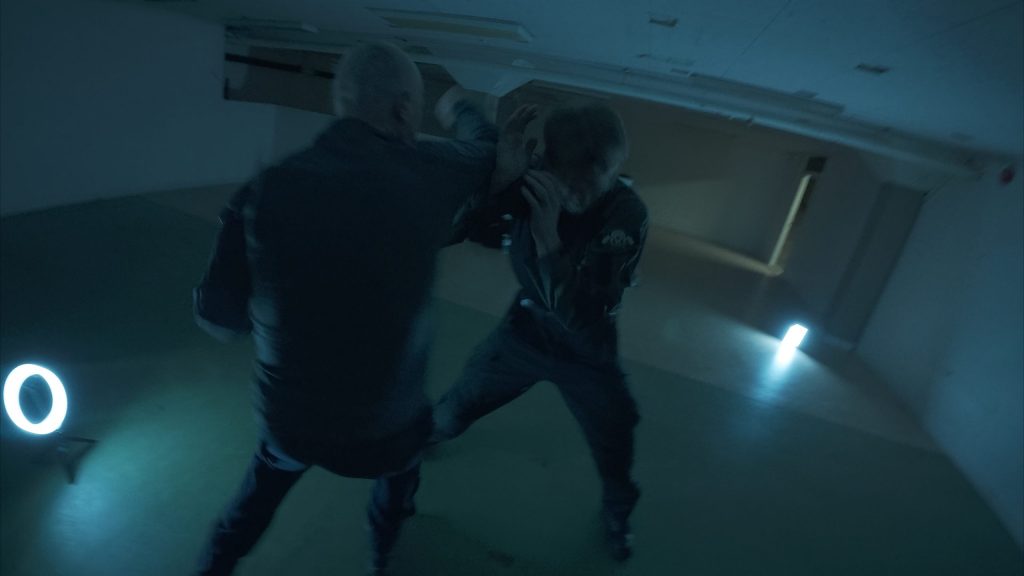Why It Matters
stop the bleed / CPR
Trauma Response – Save Lives When Seconds Count
After about 40 seconds you already become drastically affected with severe impairement of decision making and physical ability. After about 2 minutes, death is imminent.
What can you do to save a life with the knowledge and equipment you have right now?
Learn to stop severe bleeding, provide effective CPR, and use an AED correctly — even under extreme stress. Training is practical and scenario-based to build confidence and quick decision-making.
Duration:
2–4 hours (adjustable)
No prior experience required.
Key Topics:
Recognizing life-threatening bleeding
Tourniquet application (CAT & similar models)
Direct pressure and wound packing
Recognizing critical symptoms
Performing effective CPR
Correct AED usage
Acting fast under stress
Practical Self-Defense & De-Escalation for Civilian Settings & FIRST RESPONDERS
Your First and Last Line of Defense
ESDS provides tactical education for military, law enforcement, medical responders, educators, and civilians. Our instructors bring decades of real-world experience from special operations, police training, trauma medicine and protection. We train for what actually happens — not for theory, sport, or ego.
It’s a system of combative concepts and tactics based on the analysis and observation of human reactions to various stimuli, such as pain, fear and physical contact. Its key lies in its simplicity and proven practical effectiveness.
What is self-defence?
Situational awareness
Street attack dynamics
When and where violence begins
Human factors of combat stress
Fear, perception, and performance
Gross motor skills
Protective stances: high-risk vs. low-risk
Verbal de-escalation and body language
Attitude drills
Legal context & preemptive striking
Open-hand striking methods
Cover–counter–move flow
Targeting vulnerable areas
IBR – Instinctive Body Reactions
Defending standing/sitting
Handling multiple attackers
Ground survival (realistic, no sport)
Scenario-based drills
SURVIVING EDGED WEAPONS
Surviving Edged Weapons – Real Knife Defense
Knives are the most common weapon in close violence – and the most dangerous. This module builds your awareness, mindset, and physical strategy to survive.
Knife awareness and behavior
- Understanding how attacks on the street happens
Common tools used as weapons
Types of injuries & reality of wounding
Mental preparation
Gross motor defense skills
- Sensitive areas of the human body
Distance and position
Barriers and objects as tools
SKD – Spontaneous Knife Defense
Legal and ethical implications
Perceptual distortions, fear and performance in combat
Scenario-based drills
Select a training module or contact us to design a full-day or multi-day program suited to your unique environment.
Let’s Build a Safer, More Prepared Team.


